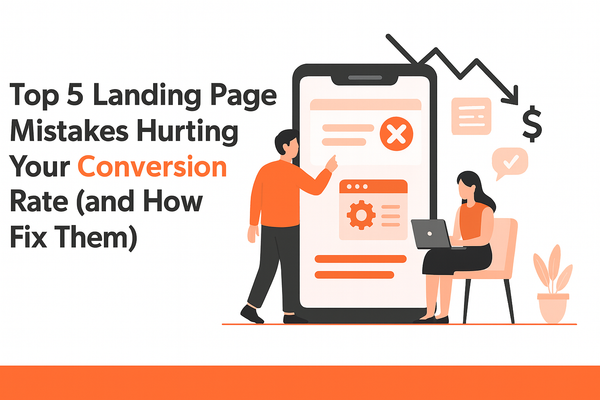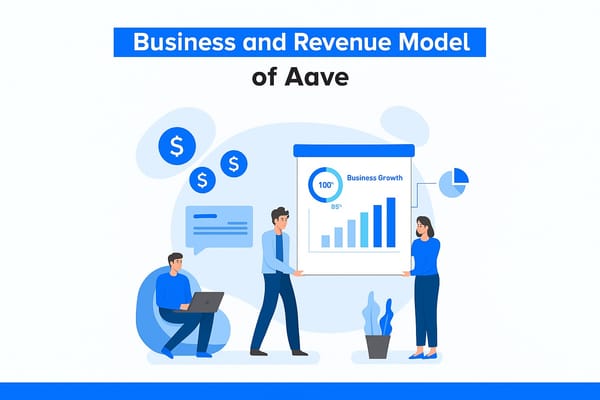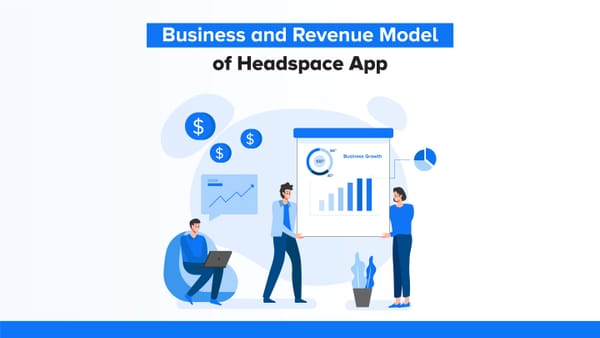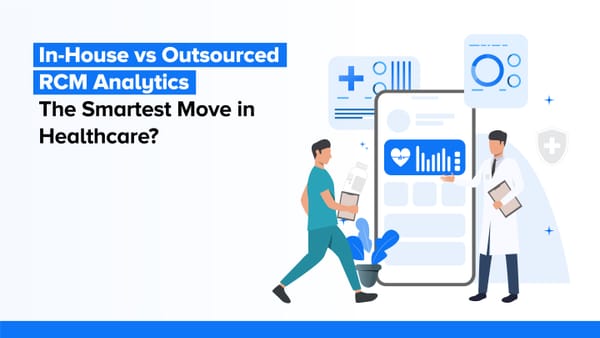CRM101: A Complete Guide to Skyrocketing Business Growth

As we embark on the ever-growing tech world, companies have never had such an overwhelming choice of solutions and technologies that allow businesses to bridge with existing and potential clients. The massive potential of CRM tools cannot be overplayed here. On the flip side, Customers are increasingly looking for better services, expecting high availability, accessibility, and an increase in the performance of products and services offered. Thus, until yesterday, companies that saw their isolated competitors in today's global market struggled to serve and retain their valuable clients. Attending to them is not enough. Companies need to know their customers and know how to deal differently with the different segments. The differentiated treatment is the basis of the principles of any company that wants to excel in relationship marketing, and one cannot practice relationship marketing without customer relationship management. Used correctly, CRM raises the level of customer satisfaction. Companies use databases to retain customers, expand sales to existing customers, develop long-term relationships, and reduce marketing costs.
Understanding CRM
“The most meaningful way to differentiate your company from your competitors, the best way to put distance between you and the crowd is to do an outstanding job with information. How you gather, manage, and use information will determine whether you win or lose.” Bill Gates
In today’s fast-paced digital world, where every interaction counts, understanding your customers has never been more vital. That is where Customer Relationship Management (CRM) comes in a tool and a philosophy at the heart of successful businesses. Imagine having a magic wand that allows you to know what your customers truly want, how they feel about your services, and when they need a little extra love. That’s CRM for you. It's about building relationships, enhancing experiences, and ultimately driving growth. So, let’s dive deeper into what CRM means and how it can transform your business for the better!
CRM is an integrated system that revolves around the customers. It evolves the corporate culture from a product or service focus to a customer focus.
In the business model, CRM aims for customer relationships to assist the firm in identifying, targeting, and developing its best prospects by understanding the value of and returns from individualised customer relationships. Customer relationship management is more than simply maintaining customer information. It’s part of an overall process that improves customer knowledge about a company's products and services and provides a way to interact with customers.
At the heart of it all, CRM works to improve customer satisfaction and retention by ensuring each one is communicated with in a timely (and personalised) way, and that's not all—there's even more in store:
- Understanding customers desires
- Maximising every opportunity to boost sales
- Predicting trends and evolving
Customer Data Management
CRM plays a crucial role in centralising customer data. In an age of attentive customers, companies must not only strive to gain new clients but also keep their existing customers as satisfied as possible for the most extended period, leading to a contracted customer lifetime value. Additionally, CRM aims to build a database of the customer for the implementation of a customer strategy that is as close as possible to the expectations of the clients. The principal objective of CRM is to store information relating to schedules, estimates, quotes from the service or product line, contracts, surveys, special requests or orders, performance reports, invoices, costs, interruptions in service, and analyses of the demographic category. A competitive business securely holds clear information on customers and tracks past interactions.
Sales Automation
Sales automation is an essential CRM tool. It simplifies tasks like tracking leads and sales forecasting. Sales force automation (SFA) systems are information technology that supports, automates, and controls sales management. It is based on workflow solutions, has a logical structure, is easy to use, and helps collect, process, and distribute information. When SFA and CRM systems work together, businesses can increase their profitability by improving communication, tracking, and effective management of every customer interaction across the organisation, enabling customer retention, friendly rivalry, and market credibility.
Sales Force Automation (SFA) provides companies with tools for the selling process, from initial conversations with leads to long-term customer retention. An SFA system includes the following:
- Contact Management: Salesperson need to keep in touch with their contacts, track their interaction and write down information about leads. SFA system allows salesperson to add opportunities need to SFA systems typically include features that make it easier for salespeople, such as customisable fields to correlate information to specific contacts or set reminders to make a follow-up call.
- Opportunity Management: SFA systems need to track an opportunity in the sales pipeline and create the following steps to close the deal on time. The more accurate and clean the sales opportunity, the better the estimates for the next steps. SFA systems allow salespeople to add opportunities in the pipeline and track their progress until they are won or lost or are no longer needed.
Marketing Campaigns
CRM marketing is necessary for contacting clients using a more personalised and data-driven approach. In addition, not only the client's contact information but also the client's response to different marketing campaigns can be stored in CRM, which provides a place for the business to find out customer preferences.
Customer Service and Support that is a cut above
In a time when customers have countless options, delivering smooth customer service has become a top concern. It's essential to allocate more marketing budget to customer retention processes instead of customer acquisition. Customer support and service in business are needed whenever the customer needs assistance or when a problem arises. The support and customer service within CRM systems display a framework designed to streamline, automate, and enhance the customer support experience. This part acts as a base for handling all the customer engagement, complaints, answering queries, and resolutions that help to deliver seamless customer support and expertise.
CRM enables companies to gather essential information about complete customer profiles, such as purchase history, preferences, and feedback. By identifying and prioritising profitable customers and forecasting their potential, Customer Relationship Management (CRM) helps to foster better customer relationships. These insights can create a much more intense experience for the customer; businesses can ensure that their customers are both happy and loyal.
Analytics and Reporting
It's a simple yet profound truth: the better the relationships, the better our customers' businesses grow. This principle of connection and engagement is at the heart of every business growth strategy. Reporting and analytics are critical components in all CRM applications; they collect data and help process it into information and knowledge. It allows the company to make decisions based on proper information gathered using different informative and analytical tools.
The Benefits of CRM Tools
Better customer understanding
CRM stores valuable customer data, including purchase history and behaviour patterns. Moreover, having these deep insights about how customers act helps in evaluating customer choices better. Tailoring products to their needs will provide the correct picture of what customers wish for, which results in benefits on client satisfaction as well as increasing loyalty.
Better Customer Response Time
There is a single content source for the customers to which all team members involved in the communication have access. This avoids confusion and enables the company to respond to its customers promptly. All forms of communication, regardless of the party initiating them, are enhanced, making the entire customer care and sales process more reliable and trustworthy.
Engaged Communication:
Companies may keep customers interested and display their concerns by sending reminders for follow-ups, renewals, and special events. These small, thoughtful gestures go a long way in making customers feel seen and appreciated. A CRM tool automates this process, ensuring no opportunity to connect is missed. Whether it’s a birthday greeting, a check-in after a service, or a timely renewal notice, these interactions show that your brand genuinely cares. Over time, this builds trust, strengthens relationships, and encourages long-term loyalty, turning one-time buyers into lifelong customers.
Proactive outreach:
A useful technique for monitoring client interactions and questions within the CRM system. To lower the churn rate, businesses use automated follow-ups and reminders to get in touch with inactive clients who haven't interacted in a long time.
Streamlined Processes:
CRM helps simplify workflows. By having everything in one place, your team can spend less time searching for information and more time focusing on what matters—serving customers.
Lead management: Track potential customers from initial contact to final sale, addressing every potential opportunity.
Sales forecasting: Accurate data analysis enables businesses to make informed predictions about future sales, helping them plan resources better.
A streamlined sales process helps businesses scale efficiently and close more deals over time.
Build better customer service
Elevate your customer service with CRM in place.
- Case management: CRM systems serve as invaluable assets as it quickly respond faster to customer concerns by looking at customer history to provide informed and faster responses.
- 24/7 support options: Many CRM platforms offer chatbots and automated responses, allowing customers to resolve their inquiries anytime.
How to Implement CRM for Maximum Impact
1. Define Your Objectives
You should define your goals before choosing which CRM solution to go for. When deciding which CRM features to include, whether it's improving customer service, increasing sales or streamlining marketing efforts, having specific goals will help.
2. Choose the Right CRM Solution
Choose a CRM system that corresponds in size and needs to your business. Make sure that it can work with any other tools you use, and has automations in place to make things easier for your team.
3. Train Your Team
Once you have your CRM, teach the team how to use it. Ensure they can follow how the system works, and also, impress upon them just how much accurate data input matters. This will improve all CRM functions and also can increase collaboration among your agents.
4. Clean Your Data
Before importing data into your CRM, ensure that it is current and accurate. Clean data leads to better insights and improved decision-making, reducing the risk of errors that could mislead your strategies.
5. Continuously Evaluate and Optimise
CRM implementation is an ongoing process. Regularly assess your usage, gather feedback from your team, and adjust processes as necessary. Keep an eye on evolving customer needs and adapt your CRM usage accordingly.
Conclusion
CRM systems are a game-changer for businesses, offering far more than just customer management. They’re designed to enhance every touchpoint with your audience, streamline internal workflows, and drive smarter, more strategic decisions. With constant updates and innovative features, the right CRM empowers businesses to build deeper relationships, boost efficiency, and stay competitive. Growth isn't just about scaling – it’s about improving how you connect, work, and evolve. The right CRM helps you do all that, ensuring every step you take is a step toward better business.




